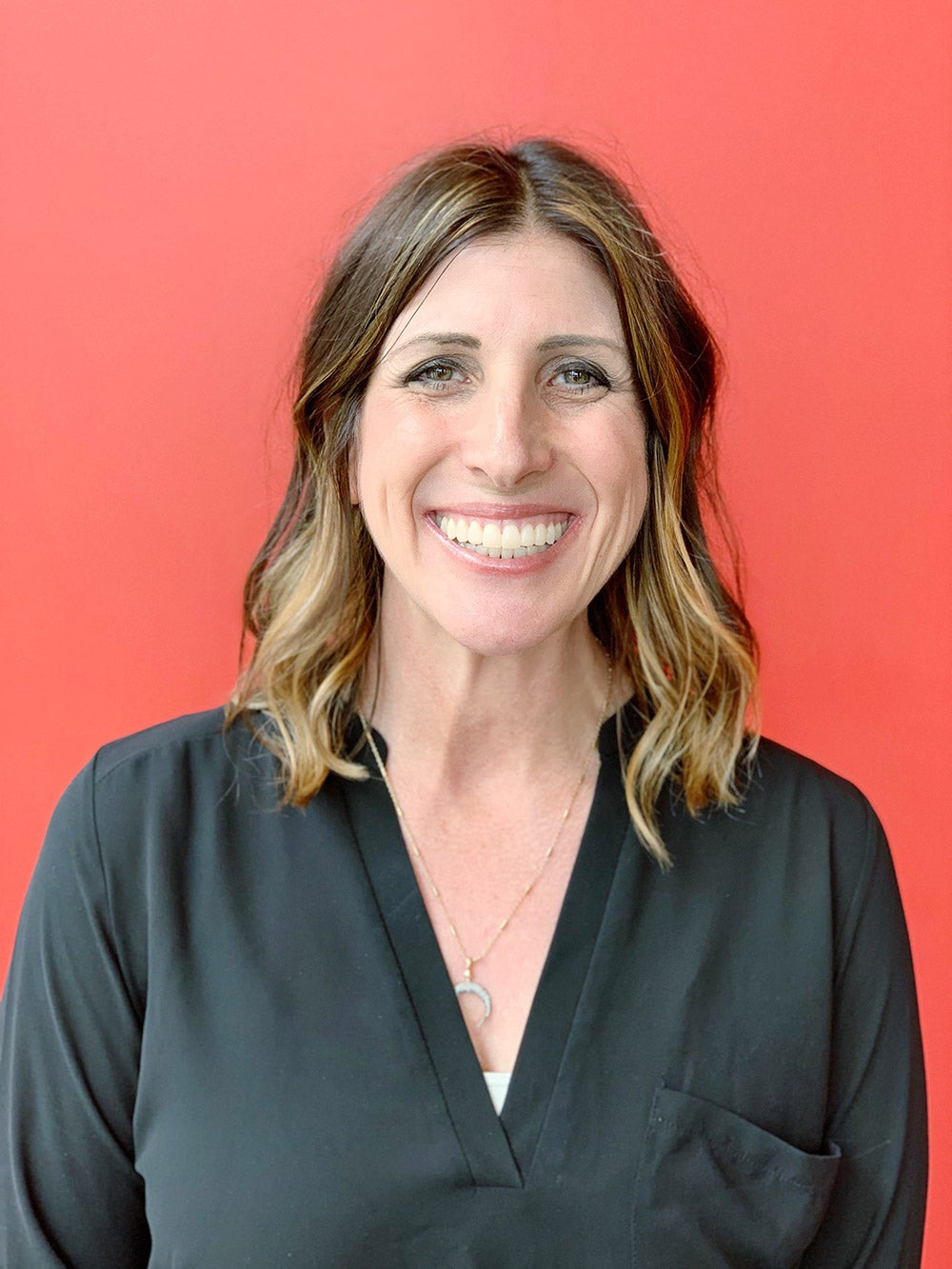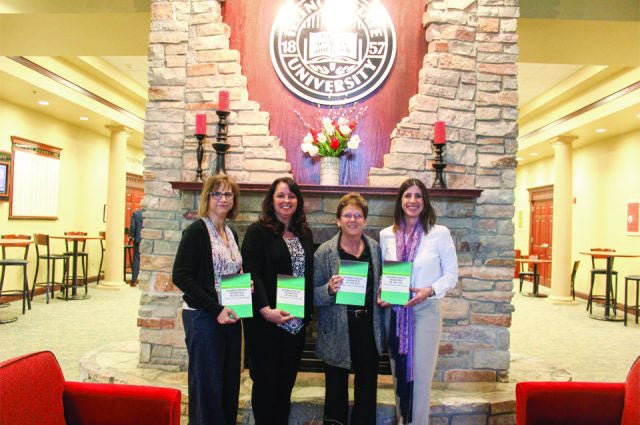From 2001 to 2010, following more than a decade of Wallace-supported research and experience learning what makes for effective school leaders, we helped support a handful of districts and states seeking to improve pre-service training and support for new principals. As part of that effort we worked with the Center for the Study of Education Policy (CESP) at Illinois State University to help create a new model for statewide principal preparation.
 Now a group of policy analysts from CESP has published a book that chronicles the multiyear effort, showing how an unlikely alliance of Illinois school districts, universities, state education agencies, teachers unions, early childhood experts, business leaders and professional associations were knitted together to strengthen principal preparation through reform of state policy. The hope was to use the state’s oversight of university and other programs to ensure that principal preparation in Illinois reflected the research-based hallmarks of high-quality school leader training: mutually beneficial school-university partnerships; selective admissions to preservice programs; course content aligned with national principal standards; and performance-based assessments tied to job-embedded internships.
Now a group of policy analysts from CESP has published a book that chronicles the multiyear effort, showing how an unlikely alliance of Illinois school districts, universities, state education agencies, teachers unions, early childhood experts, business leaders and professional associations were knitted together to strengthen principal preparation through reform of state policy. The hope was to use the state’s oversight of university and other programs to ensure that principal preparation in Illinois reflected the research-based hallmarks of high-quality school leader training: mutually beneficial school-university partnerships; selective admissions to preservice programs; course content aligned with national principal standards; and performance-based assessments tied to job-embedded internships.
We caught up with Erika Hunt, one of the book’s editors (along with Alicia Haller, Lisa Hood and Maureen Kincaid), to learn more about the book and the work that inspired it.
You were the narrator of what we at Wallace refer to as “The Illinois Story,” our four-part video series on the state’s bold changes in policy and practice. Can you give a brief overview of the story?
The Illinois story is an example of a collaborative partnership that brought all stakeholders to the table to envision what principal training would look like if the student was at the center…if we tried to design programs around what schools need in order to strengthen teaching and learning for all of our students. We aligned this work to evidence-based research showing what kind of practices could produce these results. The work produced transformational policy changes in Illinois that have made a difference in our university preparation programs and are now making a difference in Illinois public schools.
That collaborative partnership is at the heart of your book as well. Why was it important to include so many different people and perspectives on the work?
The work was all done in partnership. Our role was more of a facilitator bringing people to the table. We knew what the research said. We could point to a few effective preparation programs and district partnerships in the state, but we really didn’t have the answers. We had to bring all the different stakeholders and different voices to the table to try to figure out what would be the best strategy to do this work in Illinois. The policy development of this work took five years and involved so many people who all needed to be represented. The results have paid off because this is now in the water supply in Illinois. This is just the way we do things. We’re starting to see turnover of faculty in universities, but the new faculty don’t know any different.
In his introduction to the book, former education secretary Arne Duncan mentions the challenges and missed opportunities that were part of the ultimate path to success. Can you give an example of a challenge?
When we first came to the table, policy change was a last resort. The first thing we wanted to do was try to incentivize universities to redesign their programs. A couple did, but when one university would raise its requirements, the principal candidates would just go down the street to the next university. The consumers of the program were choosing where to go based on convenience or ease. It was hard for us to get all universities to put in more rigorous requirements.
Our next approach was to go to the districts and say, “Can you push on universities to make these changes? Can you be a bigger voice?” Many of them were reluctant to do that. They would tell us behind closed doors that universities weren’t doing enough, but nobody wanted to vocalize that.
The last resort was the legislative approach, and it worked because everybody had to do it. I think some universities valued that it came through a policy change, because otherwise they might not have gotten the buy-in they needed. We did get pushback from some of the bigger universities that depended on enrollments for revenue.
How did you handle the pushback?
We were able to show evidence. We created a website with minutes and documents from every meeting. We were able to show legislators all of the people who were giving voice to this and point to the research showing this wasn’t just anecdotal information or a trend. This change could make a positive impact on our schools.
Another challenge was in the first year of implementation. Universities did see their enrollments drop—and they needed to drop, because we committed to preparing only candidates who wanted to be principals and assistant principals. There were fears of shortages. Fears about what the candidates would look like when they came out. Then once the first candidates of these programs graduated and districts saw the difference, we started to get a lot more supporters.

How do you think other practitioners and policymakers can make use of the lessons that you’ve all learned to help inform their own practices and policies?
There are a lot of examples now of states doing this work. I don’t think others will need to take as much time and attention as we did because there is more of a common acceptance and understanding that leadership matters. The key, though, is to bring all of the stakeholders to the table. We were very instrumental in Illinois because it wasn’t done by one agency. We had the State Board of Education, the Board of Higher Education. We had the Governor’s Office. When you have agencies align to support an effort from the highest level, that says it’s a priority for the state.
Are there any of the essays that you would point to specifically if a state was not as evolved in its thinking yet?
Probably the first two, because they show how we experienced so many challenges in the beginning. The first two chapters are all about grit. We did not give up every time we hit a roadblock but instead we would pause, regroup and then look for other opportunities or doors that would open.
That’s why we never felt like we could write the book ourselves, because the story had to be told by everybody who was at the table. The book doesn’t even catch everybody, but we wanted to make sure that people understood that any policy that brings different perspectives into it is just so much richer. It can bring you to a place that you didn’t initially anticipate. That’s also the way we should be thinking about supporting our schools now.
*This interview has been condensed and edited.



